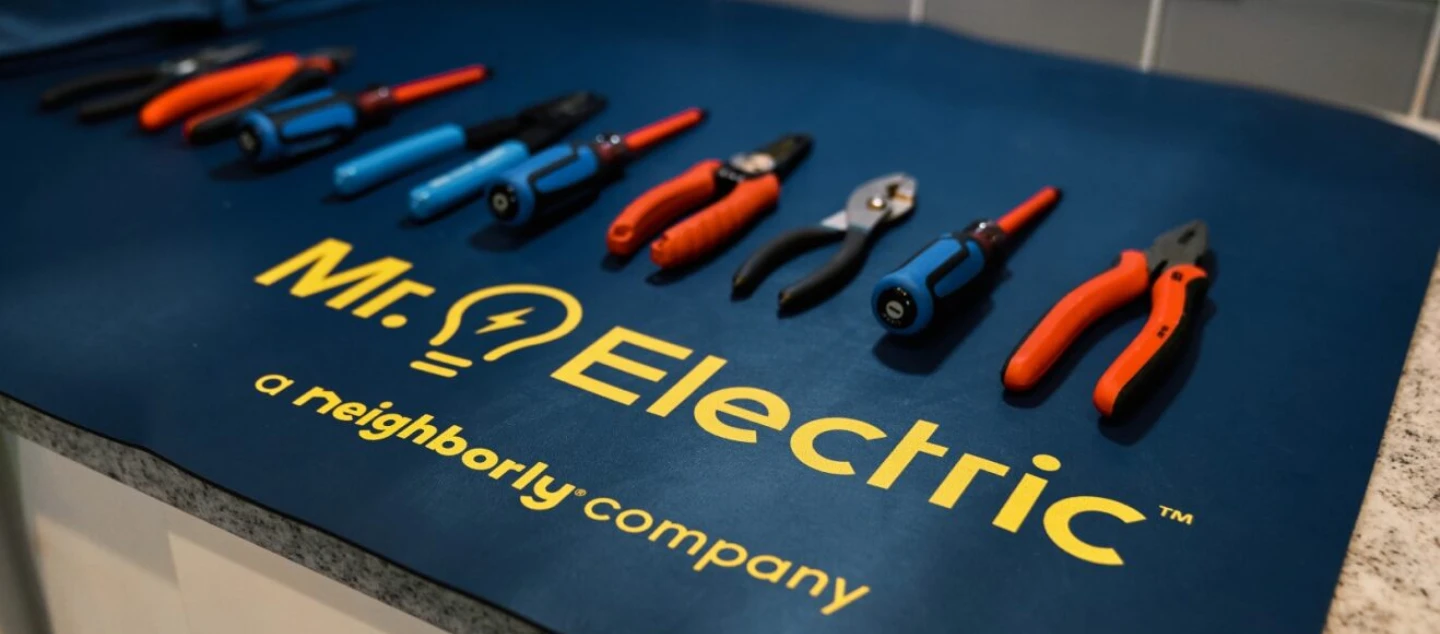Automatic backup generators seamlessly restore power during outages, regardless of whether you are home or away. These systems are designed to activate within seconds of a power failure and supply electricity directly to your home’s electrical panel to keep essential appliances and systems running. Typically fueled by natural gas or liquid propane, these generators are installed outdoors, similar to a central air conditioning unit. Once utility power is restored, they automatically shut off and remain on standby, ready to kick in at a moment's notice.
Blackouts
Extremes in temperature can prevent the power grid from generating enough energy to meet demand.
Inclement Weather
Lightning, hurricanes, tornadoes, snowstorms, and heavy wind can knock down power lines and damage transformers.
Damage from Animals
Destruction of power equipment by animals is second only to severe weather as a leading cause of power loss.
Natural Disasters
Earthquakes, floods, and fires cause widespread power outages for millions of consumers each year.
Vehicle Accidents
Cars colliding with power poles cause unexpected interruptions in service by damaging electrical equipment.
Home Backup Generator Tips
Home backup generators are essential for maintaining power during outages. But what do you do when they’re not needed? Below are essential tips for storage, noise management, and getting started after installation.
Home Backup Generator Storage
Since backup generators use gas to generate power, you should store it outdoors to prevent carbon monoxide buildup. Clear the area of debris and ensure its placement complies with local regulations regarding distances from windows and doors. Use a weather-resistant cover to protect your backup generator from the elements when not in use.
Dealing with Home Backup Generator Noise?
Generators are typically as loud as lawnmowers. To turn down the volume on your backup power supply, consider models with noise-reduction features or invest in a sound-dampening enclosure. Additionally, place the generator away from living areas and review local noise ordinances, especially during the night hours, to avoid disturbing anyone.
Getting a Home Backup Generator Started After Installation
Starting up your generator after installation is usually simple. Before you begin, familiarize yourself with the generator's control panel and safety features. Many modern generators should include automatic start capabilities. For manual models, ensure you have enough fuel and secure the connections. Always refer to the manufacturer's manual for specific instructions and schedule regular maintenance check ups to keep it ready for use.
Our Home Backup Generator Installation Process
Mr. Electric has successfully installed thousands of backup generators, ensuring homes remain powered during outages and inclement weather. Our local team offers a comprehensive range of solutions, from selecting the right generator to seamless installation, all handled with the utmost professionalism. Our service professionals are highly trained, fully background-checked, and treat your home as if it were their own. Plus, with our Neighborly Done Right Promise®, you can trust that we ensure your satisfaction.
Ready to get an estimate or schedule your backup generator installation? Request an appointment,or call us today for convenient service around your schedule and transparent upfront pricing!
All Mr. Electric franchises are locally owned and operated and may offer fewer or more services than those listed here. To learn more about the home backup generator installation services offered in your area, contact the Mr. Electric nearest you for details or a customized on-site assessment.














